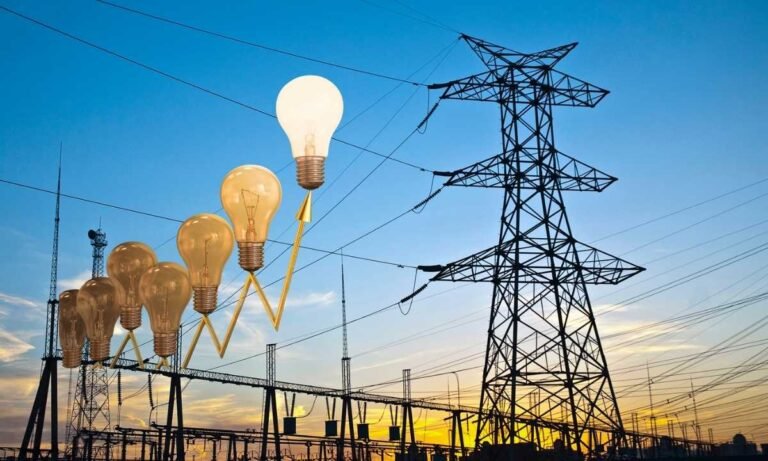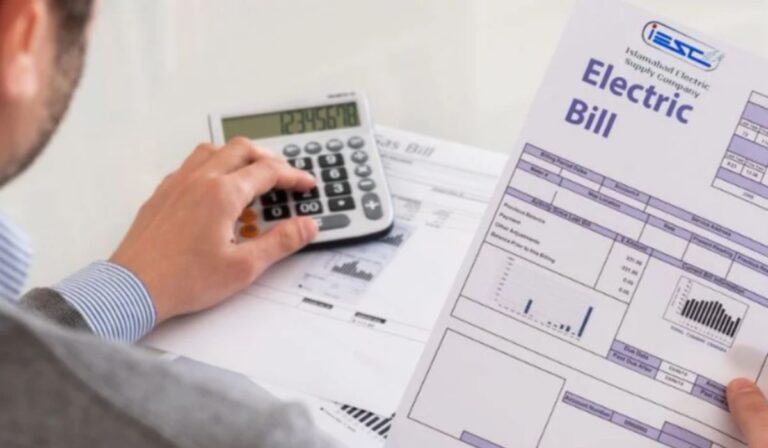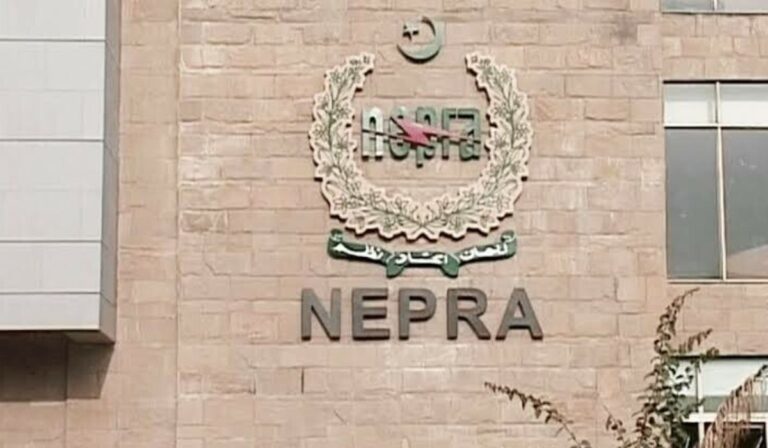NEECA Initiates Dialogue on Smarter Buildings, Smarter Energy
Islamabad — The National Energy Efficiency and Conservation Authority (NEECA) convened the latest edition of its Conservation Conversations series on “Smarter Buildings, Smarter Energy” at the National Incubation Center, Islamabad.
The dialogue brought together policymakers, architects, engineers, urban planners, and private-sector innovators to discuss how Pakistan can make its buildings more energy-efficient through smarter cooling, heating, and design practices.NEECA and AU will collaborate to promote energy efficiency and conservation in the Energy Sector.
The discussion followed the recent Capital Development Authority–NEECA decision to enforce the Energy Conservation Building Code (ECBC 2023) in Islamabad. The news was a major step toward integrating energy conservation into Pakistan’s urban development framework.
In his opening remarks, Dr. Sardar Mohazzam, Managing Director of NEECA, noted that the discussion reflected a growing national consensus on the need for energy-efficient urban growth.
“The Energy Conservation Building Code is a roadmap for how Pakistan can manage electricity use more intelligently,” he said. “Buildings account for a large share of our total power demand, and improving their efficiency means reducing stress on the grid, lowering costs for citizens, and ensuring a more sustainable energy future.”
The panel was moderated by Dr. Farrukh Bhatti, Co-Founder of NewVative, and featured Mr. Khalid Hafeez, Member Planning, Capital Development Authority; Mr. Azeem Khoso, Director Urban Affairs, Ministry of Climate Change and Environmental Coordination; Mr. M. Riaz Baig, Senior Engineer, FND Consultants; Ms. Naureen Ghaffar, Business Development & PR Partner, Extreme Engineering Systems (distributor for Clivet); and Mr. Fawad Suhail, Principal Architect, Suhail & Fawad Architects.
Dr. Fiaz Ahmad Chaudhry, who is an Advisor at the Lahore University of Management Sciences (LUMS) Energy Institute, also participated in the discussion and
emphasized that managing Pakistan’s peak electricity demand is a national imperative. He noted that energy-efficient building design, guided by ECBC, must become an implementation priority if Pakistan is to meet its energy and climate goals.
Panelists collectively highlighted that ECBC comprehensively addresses all key aspects of energy-efficient building design, including the building envelope, lighting, ventilation, and HVAC systems. They stressed that the Code must be implemented in true spirit to reduce electricity demand, lower costs, and improve comfort and productivity across Pakistan’s building stock.
The discussion underscored the importance of CDA leading by example through internal capacity building, the training of inspectors, and the development of standard operating procedures to ensure effective enforcement. Participants also noted that extending ECBC to existing buildings may face resistance due to added costs, particularly in the current economic climate, and recommended the introduction of financial incentives such as tax breaks, and performance metrics to facilitate compliance.
The event drew more than 80 participants representing a cross-section of policy, academia, and industry, including experts from the Ministry of Climate Change, the Pakistan Institute of Development Economics, the Pakistan Housing Authority, Lahore University of Management Sciences (LUMS), the National University of Sciences and Technology (NUST), the Private Power and Infrastructure Board, the Pakistan Heating, Ventilation, Air-Conditioning and Refrigeration Society, UNOPS, and the Energy Conservation Fund, alongside consultants, architects, and students from University of Engineering & Technology, Taxila.
Closing the session, NEECA reaffirmed its commitment to supporting CDA and other implementing bodies, alongside provincial agencies, through technical assistance and policy alignment for effective ECBC enforcement. The Authority also emphasized its focus on making these technical guides more accessible to citizens, builders, and developers, helping them better understand the codes and the direct benefits of energy-efficient design.








